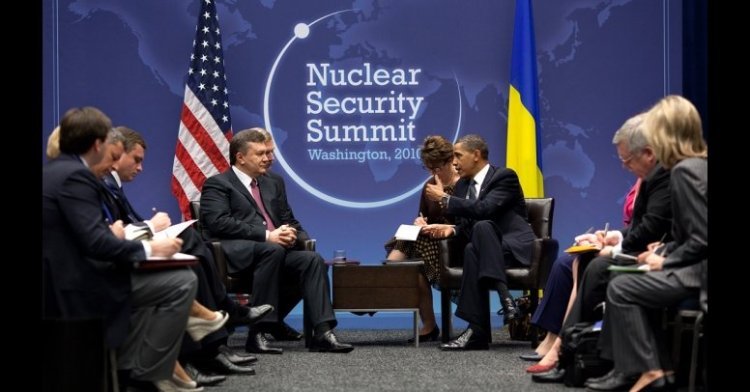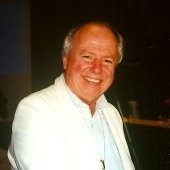There has always been a desire on the part of governments to have a monopoly of heavy weapons and to keep them out of the hands of the non-governmental movement, often defined as “terrorist” or “separatist” or “splitist”, when translated from the Chinese. 47 government leaders met in Washington, D.C. at the invitation of President Barack Obama on 12 and 13th April 2010 to reaffirm the right of some governments to hold and develop nuclear weapons and to prevent non-governmental organisations — Al-Qaeda was the most cited NGO — from having access to nuclear material which might be used in bombs or in forms of nuclear blackmail.
“Nuclear terrorism is one of the most challenging threats to international security, and strong nuclear security measures are the most effective means to prevent terrorists, criminals, or other unauthorised actors from acquiring nuclear weapons” the government representatives concluded in their final communiqué of 13th April.
The idea that nuclear material should be well protected and not stolen to find itself on non-governmental markets is not new. Negotiations on the protection of nuclear material began in the Conference on Disarmament in Geneva in the mid-1970s when, after the first review conference of the Non-Proliferation of Nuclear Weapons Treaty (NPT) in 1975, it was realised that government-to-government transfer or sale of nuclear material was not the only way nuclear material might spread. By March 1980, the “Convention on the Physical Protection of Nuclear Material and Nuclear Facilities” was open for signature and entered into force in February 1987. It was signed, although with reservations of many major States, by 130 States.
Only 13 States however, have ratified the amended convention so it has not come into force.
After the break up of the Soviet Union with fears that nuclear material was not well safeguarded and especially after the 9/11/2001 attacks in the USA highlighting that there were terrorists in the world, the Convention was strengthened and amended in 2005. Only 13 States however, have ratified the amended convention so it has not come into force. India is the only nuclear-weapon State which has ratified the amended convention.
Thus, the safeguard of nuclear material is not high on the priority list of governments, but it is a subject on which governments can easily agree in principle. In the aftermath of 9/11, there was a UN Security Council resolution encouraging States to secure nuclear material. There is also general agreement that the International Atomic Energy Agency (IAEA) which is already the international inspection agency should have more money to carry out its work. Increased funding for the IAEA was one of the measures agreed upon at the Washington Summit.
The Summit in Washington was an opportunity to highlight the dangers of terrorist use of nuclear material. Steps to improve the safeguard of nuclear material by consolidating sites where nuclear material is stored were agreed upon. There was also agreement that nuclear material could be exported to supervised sites in other countries. While there is a seven-page work plan attached to the final communiqué, there are few new ideas. What is new is to have agreed to set a four-year deadline to put these security measures into effect and to have a follow-up conference in Seoul, Korea, in two years.
Summit meetings are not occasions for serious negotiation which have to be carried out in small groups over a long period of time. The points of agreement mostly go back to the late 1970s.The Summit however, coming on the heels of the Prague signature of the new START agreement and the May review conference on the Treaty on the Non-Proliferation of Nuclear Weapons helps to create an atmosphere in which serious consideration of nuclear issues can be taken.
By bringing governmental leaders together on nuclear issues, a groundswell of support and momentum is created. It is now up to us to build upon this wave, with the May NPT review in New York being the next big opportunity.
By meeting in a highly visible way and making resounding statements of the need for cooperative action, governments have opened a door to non-governmental initiatives — not that of terrorists — but to all of us who have been working for a nuclear-weapon free world. By bringing governmental leaders together on nuclear issues, a groundswell of support and momentum is created. It is now up to us to build upon this wave, with the May NPT review in New York being the next big opportunity.


Follow the comments: |
|
